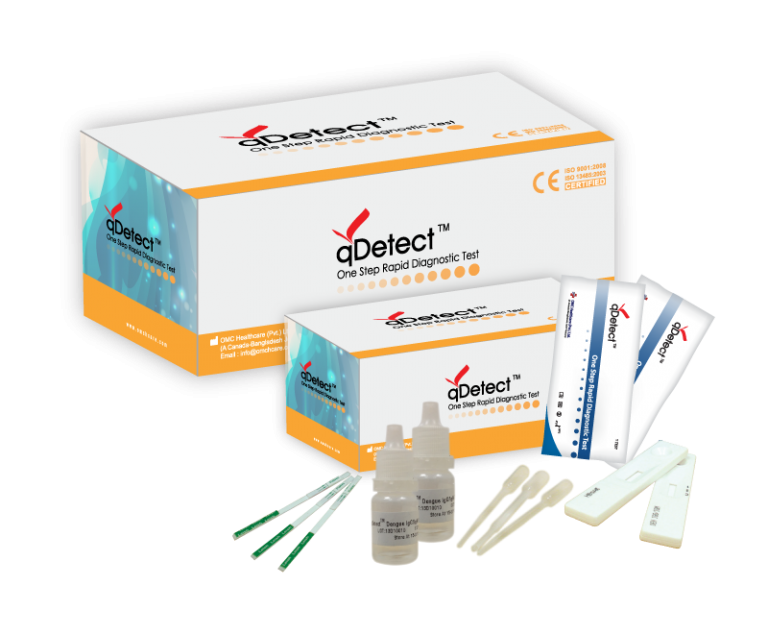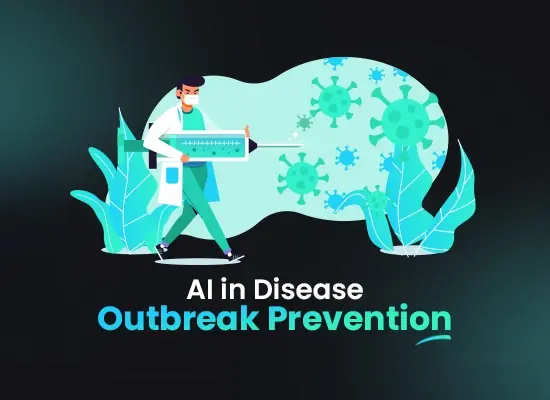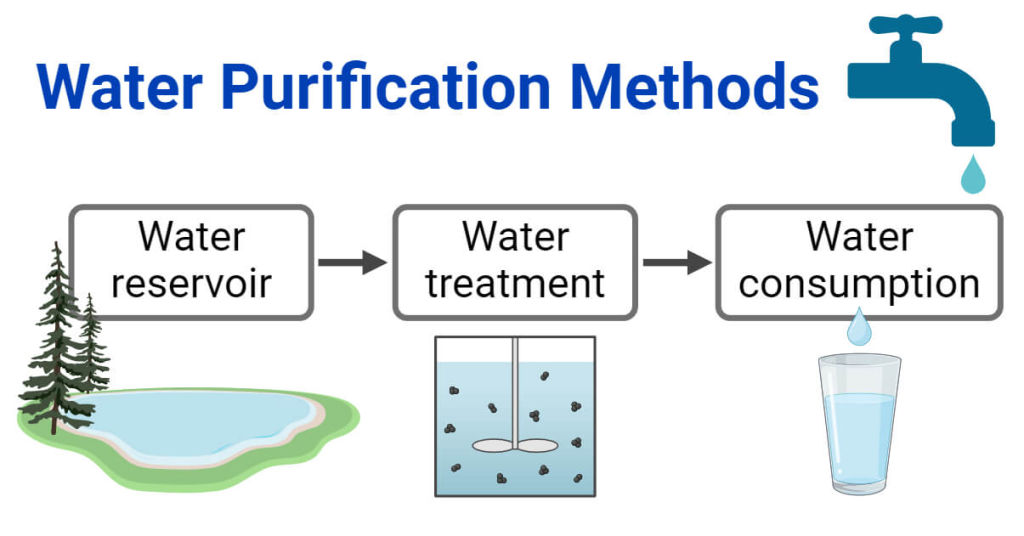FIGHTING CHOLERA:
Prevention & Intervention Strategies
Cholera is an acute diarrheal illness caused by infection of the intestine with the bacterium Vibrio cholerae. Transmission occurs through ingestion of contaminated water or food, leading to severe dehydration and, if untreated, potentially death. The disease remains a significant public health challenge, particularly in regions with inadequate water and sanitation infrastructure.
Here is a brief video on Cholera prevention strategies.
Prevention Strategies
Effective cholera prevention hinges on several key practices:
1. Access to Safe Water
Ensuring the availability and consumption of safe water is paramount. This includes:
- Using bottled water with unbroken seals.
- Boil water for at least one minute to kill cholerae.
- Treating water with chlorine products or using filtration systems.
- Solar Water Disinfection (SODIS) – A low-cost method using sunlight to disinfect water.
- Nanotechnology-based filters – Advanced filtration systems remove bacteria and toxins.
- Chlorine dispensers – Community-accessible chlorine stations for safe water.
2. Hand Hygiene
Regular handwashing with soap and safe water is crucial, particularly:
- Before handling food.
- After using the toilet.
- When caring for someone with cholera.
If soap and water are unavailable, an alcohol-based hand sanitizer (at least 60% alcohol) can serve as an alternative.

3. Sanitation Facilities
Proper disposal of human waste is essential to prevent environmental contamination.
Key practices include:
- Using toilets or latrines and ensuring proper waste management.
- Burying feces away from water sources in areas lacking sanitation infrastructure.
Investing in decentralized waste treatment units like small-scale solar-powered sewage treatment systems.
4. Food Safety
Safe food handling practices help prevent cholera infection:
- Consuming thoroughly cooked foods.
- Avoiding raw or undercooked items.
- Peeling fruits and vegetables personally.
- Avoiding food from street vendors in endemic areas.

5. Vaccination
Oral cholera vaccines (OCVs) provide significant protection against infection. They are particularly recommended for:
- Individuals in high-risk areas.
- During active outbreaks as part of a comprehensive control strategy.
These methods include:
- Euvichol-Plus – A longer-lasting, single-dose cholera vaccine.
- Edible vaccines – Genetically modified crops like rice and bananas that deliver immunity.
- WHO’s Cholera Vaccine Program – Large-scale vaccination campaigns in high-risk areas.
Innovative Strategies
Beyond traditional prevention measures, technological advancements and novel approaches enhance cholera control:
1. Rapid Diagnostic Technologies
Traditional cholera detection requires lab facilities and time. Innovations enable faster and more accessible diagnosis:
2. AI & Data Analytics for Outbreak Prediction
Artificial intelligence (AI) and machine learning improve cholera surveillance by analyzing environmental health and climate data:
- AI models assess rainfall, temperature, and sanitation levels to predict high-risk areas.
- Satellite imaging detects contaminated water sources.
- Mobile-based surveillance systems allow real-time reporting of new cases via SMS.
Example Projects:
- WHO’s Early Warning System: Uses big data to predict outbreaks and initiate response measures.
- Google’s AI for Health: Monitors satellite and water quality data to flag cholera risks.
3. Smart Water Purification
Ensuring access to safe drinking water is crucial for cholera prevention.
Key innovations include:
- Solar Water Disinfection (SODIS): Uses sunlight and UV radiation to kill cholera bacteria in water. Simple, cost-effective, and sustainable.
- Nanotechnology-based Filters: Utilize microscopic silver and graphene coatings to remove bacteria (e.g., Lifestraw removes99% of bacteria, including V. cholerae).
- Chlorine Dispensers at Water Sources: Community-based chlorine stations placed near wells and taps allow pre-measured doses for water treatment. Studies show a 50% reduction in cholera cases in Kenya and Bangladesh.
4. Innovations in Oral Cholera Vaccination (OCV)
Advancements in vaccines aim to improve effectiveness and accessibility:
- Longer-lasting & Single-dose Vaccines: Traditional vaccines require two doses, but newer versions (e.g., Euvichol-Plus) provide strong immunity with a single dose.
Edible Vaccines: Scientists are engineering genetically modified rice and bananas to deliver immunity without injections. (Still in development but promising for low-access healthcare settings.)
5. Community-Based Digital Health Tools
Mobile technology helps communities stay informed about cholera prevention and outbreaks:
- Mobile Apps for Hygiene Education: Interactive lessons on water safety, handwashing, and sanitation (e.g., mHealth Cholera App for training healthcare workers in Africa).
- SMS & WhatsApp Alerts: Governments and health organizations send real-time messages about outbreaks and safe water sources (e.g., Red Cross SMS alerts in Haiti reached over 2 million people).
6. Advanced Wastewater Treatment
Cholera spreads through contaminated water; treating sewage is essential to stopping outbreaks:
- Bioengineered Bacteria for Water Purification: Scientists develop bacteria that break down cholerae in water (e.g., genetically modified E. coli for waste purification in India).
- Decentralized Waste Treatment Units: Small, solar-powered sewage treatment plants designed for slums and refugee camps (e.g., Janicki Omni Processor converts sewage into clean drinking water and energy—famously endorsed by Bill Gates).
Long-Term Strategies for Cholera Control
1. Economic Development and Infrastructure Improvement
Long-term cholera control depends on investments in:
- Clean drinking water
- Proper sanitation facilities.
- Community-led water treatment solutions.
These efforts prevent not only cholera but also other waterborne diseases.
2. Enhanced Surveillance & Rapid Response
Robust surveillance enables early case detection and swift outbreak response:
- Rapid diagnostic tests and AI-driven analytics identify hotspots.
- Community health workers trained in early response reduce mortality rates.
3. Community Engagement & Education
Education fosters proactive health behaviors:
- Hygiene promotion programs empower communities.
- Local participation in water treatment initiatives sustains long-term cholera prevention.
- Here is a video example of community engagement and rapid response.
Conclusion
Combating cholera requires a multifaceted approach that integrates:
- Immediate preventive measures (safe water, hygiene, vaccination).
- Technological innovations (AI, rapid diagnostics, mobile health platforms).
- Long-term strategies (infrastructure improvements, economic development, and community engagement).
Through these efforts, the global burden of V. Cholera can be significantly reduced, ensuring safer and healthier communities worldwide.
REFERENCES
- World Health Organization (WHO), n.d. Cholera – Key Facts. [online] Available at: https://www.who.int/news-room/fact-sheets/detail/cholera [Accessed 25 February 2025].
- Centers for Disease Control and Prevention (CDC), n.d. Cholera – General Information. [online] Available at: https://www.cdc.gov/cholera/general/index.html [Accessed 25 February 2025].
- Global Task Force on Cholera Control (GTFCC), n.d. Ending Cholera: A Global Roadmap to 2030. [online] Available at: https://www.gtfcc.org/roadmap-2030/ [Accessed 25 February 2025].
- UNICEF, n.d. Water, Sanitation, and Hygiene (WASH) to Prevent Cholera. [online] Available at: https://www.unicef.org/wash [Accessed 25 February 2025].
- Lifestraw, n.d. Advanced Water Filtration Technology. [online] Available at: https://www.lifestraw.com [Accessed 25 February 2025].
- Google AI for Health, n.d. Using AI to Predict Disease Outbreaks. [online] Available at:https://ai.google/health [Accessed 25 February 2025].
- Janicki Bioenergy, n.d. Omni Processor: Turning Waste into Drinking Water. [online] Available at: https://www.janickibioenergy.com [Accessed 25 February 2025].
- World Health Organization (WHO), n.d. Oral Cholera Vaccines – Questions and Answers. [online] Available at: https://www.who.int/news-room/q-a-detail/oral-cholera-vaccines [Accessed 25 February 2025].
- Red Cross, n.d. Using SMS Alerts to Combat Cholera in Haiti. [online] Available at: https://www.icrc.org/en/document/haiti-sms-alerts-cholera [Accessed 25 February 2025].
- Bill & Melinda Gates Foundation, n.d. Investing in Sanitation and Cholera Prevention. [online] Available at: https://www.gatesfoundation.org/ [Accessed 25 February 2025].






